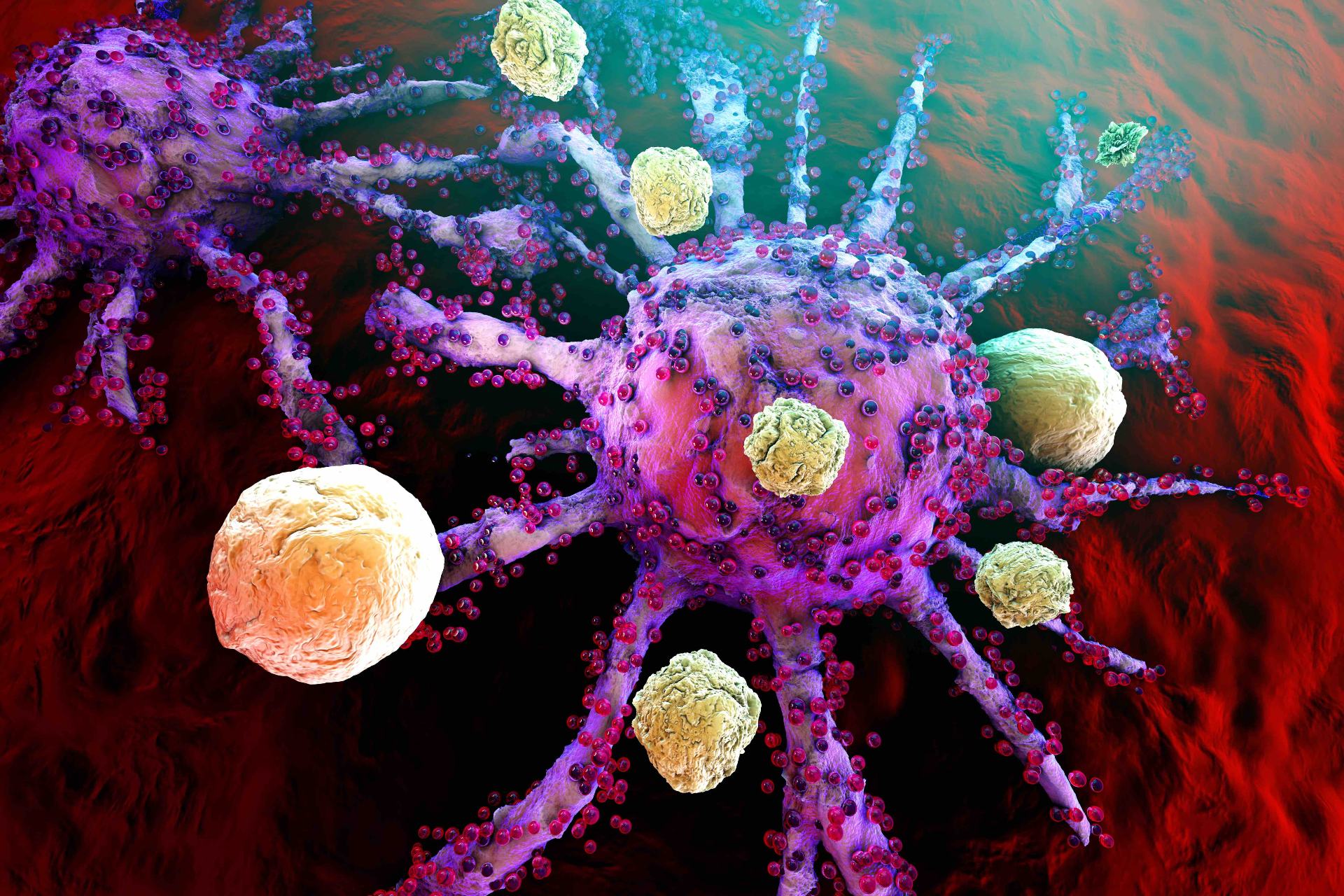Article
Carfilzomib Regimen Results in Longer Time to Next Treatment, Improved Survival in RRMM
Author(s):
Compared with other drug regimens, a carfilzomib-based regimen resulted in longer time to next treatment, as well as longer overall survival and improved 24-month survival, among patients with relapsed or refractory multiple myeloma (RRMM).
With the introduction of new classes of drugs in recent years, including immunomodulatory drugs and proteasome inhibitors, the multiple myeloma (MM) treatment landscape has shifted and improved rapidly, with response rates increasing from approximately 30% with single agents to approximately 90% with triplet combination regimens for newly diagnosed patients.
However, the majority of responses are not sustained, and patients often experience relapsed or refractory disease (RRMM), which requires subsequent therapy. Among these treatment options for second-line therapy, a carfilzomib combination represents a valuable option, according to a new study.
The combination—carfilzomib plus lenalidomide with dexamethasone (KRd)—is 1 of 3 frequently used combinations in this treatment setting, all of which include proteasome inhibitors, immunomodulatory drugs, and corticosteroids. The other 2 combinations include bortezomib plus lenalidomide with dexamethasone (VRd) and bortezomib plus cyclophosphamide with dexamethasone (VCyd).
“Proteasome inhibitors currently form the backbone of MM treatment, as they specifically target the 20S proteasome, which is central to proliferation of malignant plasma cells,” explained the researchers. “Myeloma cells are heavily dependent on the proteasome for clearing abnormal or cytotoxic proteins, and thus, and more susceptible to proteasome inhibitors than nonmalignant cells.”
According to the researchers of the study, who drew on data from electronic health records at the US Oncology Network between November 1, 2013, and February 29, 2016, patients who received the KRd combination at first relapse had significantly longer time to next treatment compared with those treated with the other combinations.
The researchers identified 718 patients treated with a carfilzomib-containing regimen during the study period, of which 156 had second-line treatment with 1 of the 3 regimens; 112 (71.8%) received KRd, 27 (17.3%) received VRd, and 17 received VCyd (10.9%). Among these second-line treatment patients, most were previously treated with VRd, Vd, and VCyd.
Findings showed that the median time to next treatment was significantly longer for the KRd group, with a median of 25.3 months compared with 10.2 months in the VRd group and 6.5 months in the VCyd group.
The researchers noted that the median overall survival (OS) for the KRd group was not reached, with 16 (14.3%) of these patients dying by the end of the study period compared with 8 (29.6%) of the VRd patients and 8 (47.1%) of the VCyd patients.
Similarly, survival at 24 months was higher for patients treated with KRd, with a 71.8% survival rate. Comparably, the 24-month survival rate was 64.7% among the VRd group and 35.7% among the VCyd group.
“Because carfilzomib is a more potent proteasome inhibitor than bortezomib, the superior 24-month survival among those who received KRd compared with the bortezomib-based regimens is not unexpected and is also consistent with the ENDEAVOR trial in which carfilzomib patients demonstrated better OS compared with bortezomib patients,” wrote the researchers.
Reference
Rifkin RM, Medhekar R, Amirian ES, et al. A real-world comparative analysis of carfilzomib and other systemic multiple myeloma chemotherapies in a US community oncology setting [published online January 11, 2019]. Ther Adv Hematol. doi: 10.1177/2040620718816699.





